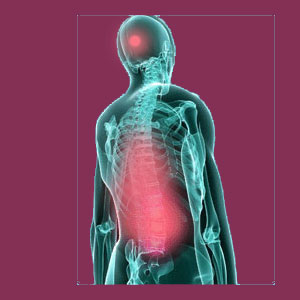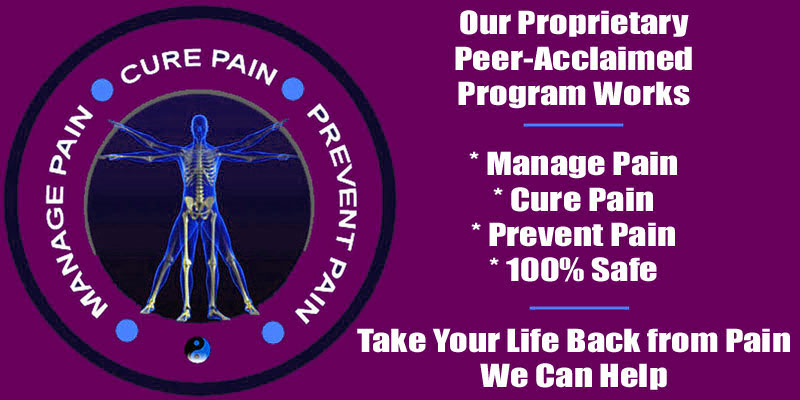
Thoracolumbar scoliosis is one of the most common varieties of scoliotic formation in the spinal column. These curvatures can come about from many known and idiopathic causations and account for just short of the majority of all scoliotic formations in the human vertebral column. Thoracolumbar curvatures exist in the upper, middle and lower back regions and range greatly in severity, symptomology and clinical expression. When people think of scoliosis, this is usually the variety that comes to mind as default, as it represents most cases of moderate, severe and extreme scoliotic changes to the backbone.
This dissertation focuses on highlighting the case-specific characteristics of thoracolumbar side to side curvatures of the human spine. We will examine the locations affected and provide expert guidance for people who are diagnosed with this common form of scoliosis.
Thoracolumbar Scoliosis Locales
Thoracolumbar spinal curvatures affect both the upper/middle back and lower back regions. Typically, their apex resides in the lower end of the thoracic spine, usually between T6 and T10. Since these curves affect the torso and ribcage, there is always the possibility of compression occurring to internal organs, leading to serious consequences for health and functionality. In these instances, the prescription to treat the condition surgically is usually a given.
Thoracolumbar spinal curvatures can be small, encompassing only a few vertebrae (5 to 6) near the frontier of both spinal zones, or may be very large, affecting the entire thoracic and lumbar regions over a full 17 vertebral bones. Many short curvature cases are seen commencing at, or near, the floating ribs, as these levels do not receive the same structural support as the vertebra attached to full ribs above. Meanwhile, large curves often originate at, or near, the cervicothoracic juncture, which is a place of instability for many people due to congenital or developmental conditions.
Thoracolumbar Spinal Curvature Statistics
Thoracolumbar scoliotic formation is one of the most common varieties of atypical side to side curvature of the human backbone. In fact, more cases exist of this particular classification than all the other types combined, with the exception of contained thoracic scoliosis.
Thoracolumbar is an equal opportunity condition, potentially affecting people at any age, beginning prior to birth in congenital forms and continuing through infancy, childhood and adolescence, right up through old age. Thoracolumbar curvature is also the type most often treated using bracing, as well as surgical intervention.
The majority of cases of thoracolumbar curvature follow an S curve shape, but some tend to favor the C shape, as well.
Thoracolumbar Scoliosis Guidance
Thoracolumbar scoliosis is the type most often imagined when most people think of the idea of side to side spinal curvature. These curves are very commonly seen in adolescents, but can also be found in every age demographic, as long as life endures. There are many potential causes and contributors to thoracolumbar scoliotic formation, including known and unknown factors, such as birth defects, spina bifida, injury, surgery and spinal deterioration.
We always recommend that patients seek unrivaled diagnostic and treatment opinions from specialists in scoliosis for best results. Trusting a general care provider or non-physician practitioner to be the primary care provider for a scoliosis patient is not wise and can lead to dramatic progression of the curvature during the years when bracing might be most effective.
Scoliosis > Side to Side Spinal Curvature > Thoracolumbar Scoliosis





